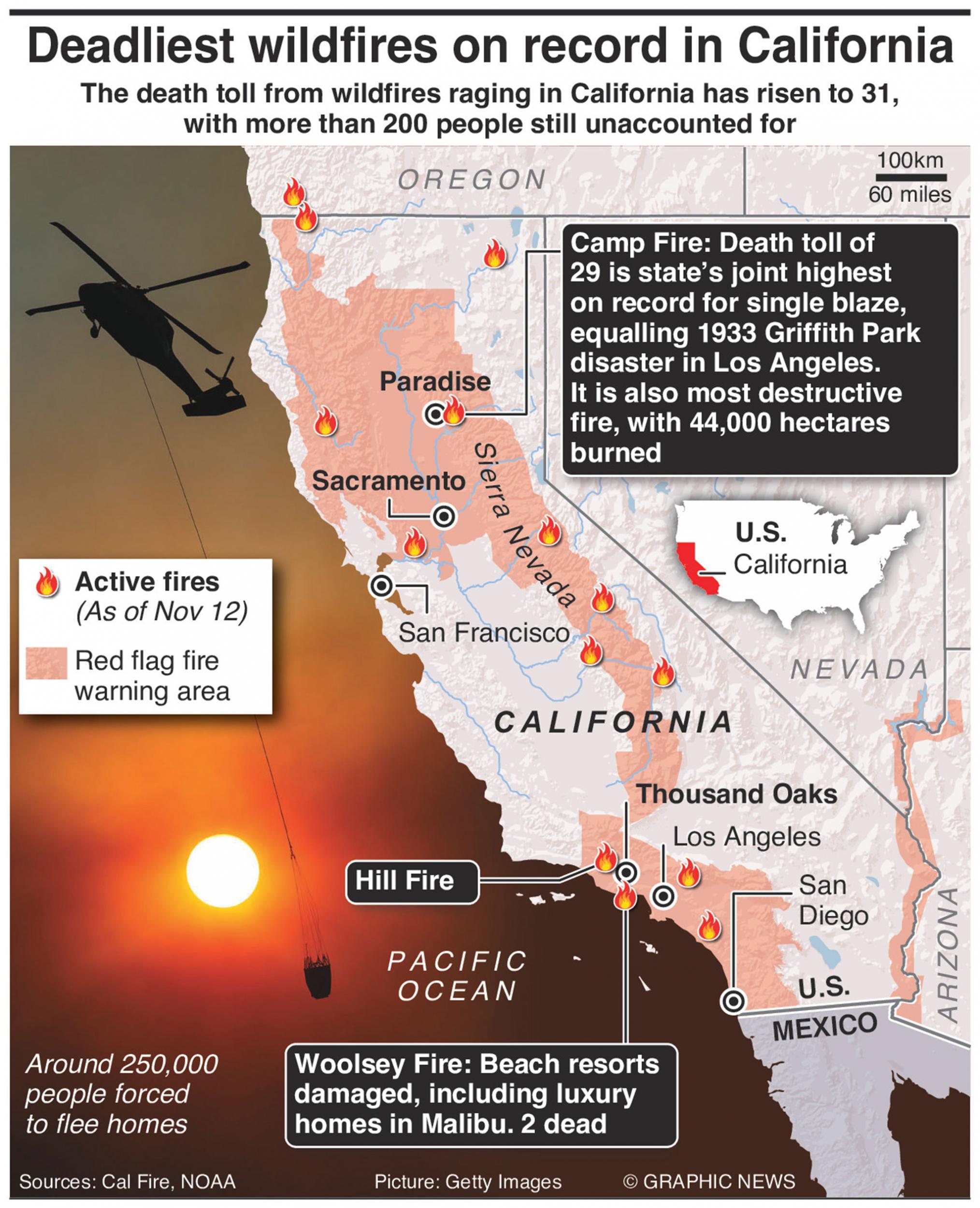California wildfires: How 'devil winds' are making devastating fires even worse
Also known as 'Santa Ana winds,' these hot, dry gusts whip up and spread wildfires in Southern California.
Your support helps us to tell the story
From reproductive rights to climate change to Big Tech, The Independent is on the ground when the story is developing. Whether it's investigating the financials of Elon Musk's pro-Trump PAC or producing our latest documentary, 'The A Word', which shines a light on the American women fighting for reproductive rights, we know how important it is to parse out the facts from the messaging.
At such a critical moment in US history, we need reporters on the ground. Your donation allows us to keep sending journalists to speak to both sides of the story.
The Independent is trusted by Americans across the entire political spectrum. And unlike many other quality news outlets, we choose not to lock Americans out of our reporting and analysis with paywalls. We believe quality journalism should be available to everyone, paid for by those who can afford it.
Your support makes all the difference.The devastating Woolsey Fire in California - which has grown to more than 143 square miles wide - is being fed and spread by fierce annual “devil winds.”
Also known as Santa Ana winds, the gusts get their energy from cold air in Nevada’s Great Basin. The dense air spreads over low passes and into lowlands, pushing up against mountains, The Wall Street Journal explains. As it passes down mountains, the dense air compresses, wringing out moisture and gaining heat.
The result is heavy, dense, arid gusts that can feed into wildfires and help them spread faster. Currently, the devil winds in Southern California are forecast to blow up to 113 kilometres per hour. They are expected to continue for at least the next three days.

Climate change is also affecting the strength of such wildfires in the long run. As the atmosphere warms, wet areas become wetter and dry areas become drier. The area around the Woolsey Fire, in Los Angeles and Ventura County, has not experienced more than a half of an inch of rain for 210 days. A government map of California shows that large portions of the state are “abnormally dry,” and the Los Angeles area is in “moderate drought.”
The Woolsey Fire has already destroyed 83,275 acres in Southern California, destroying celebrity mansions in Malibu. So far, at least 150 buildings have been destroyed and two people have died in the Southern California blaze. The fire is only 10 percent contained.
Northern California does not experience the so-called devil winds, but Northern California winds are fanning the flames as well. Currently, winds of up to 64 kilometres per hour are feeding Camp Fire, which is on track to become the most devastating wildfire of the state’s history. At least 29 people have died in Camp Fire.
No California wildfire has ever killed more people; the Griffith Park Wildfire in 1933 also claimed 29 lives. Camp Fire, however, is not over yet, and rescuers may report even more deaths.

Join our commenting forum
Join thought-provoking conversations, follow other Independent readers and see their replies
Comments